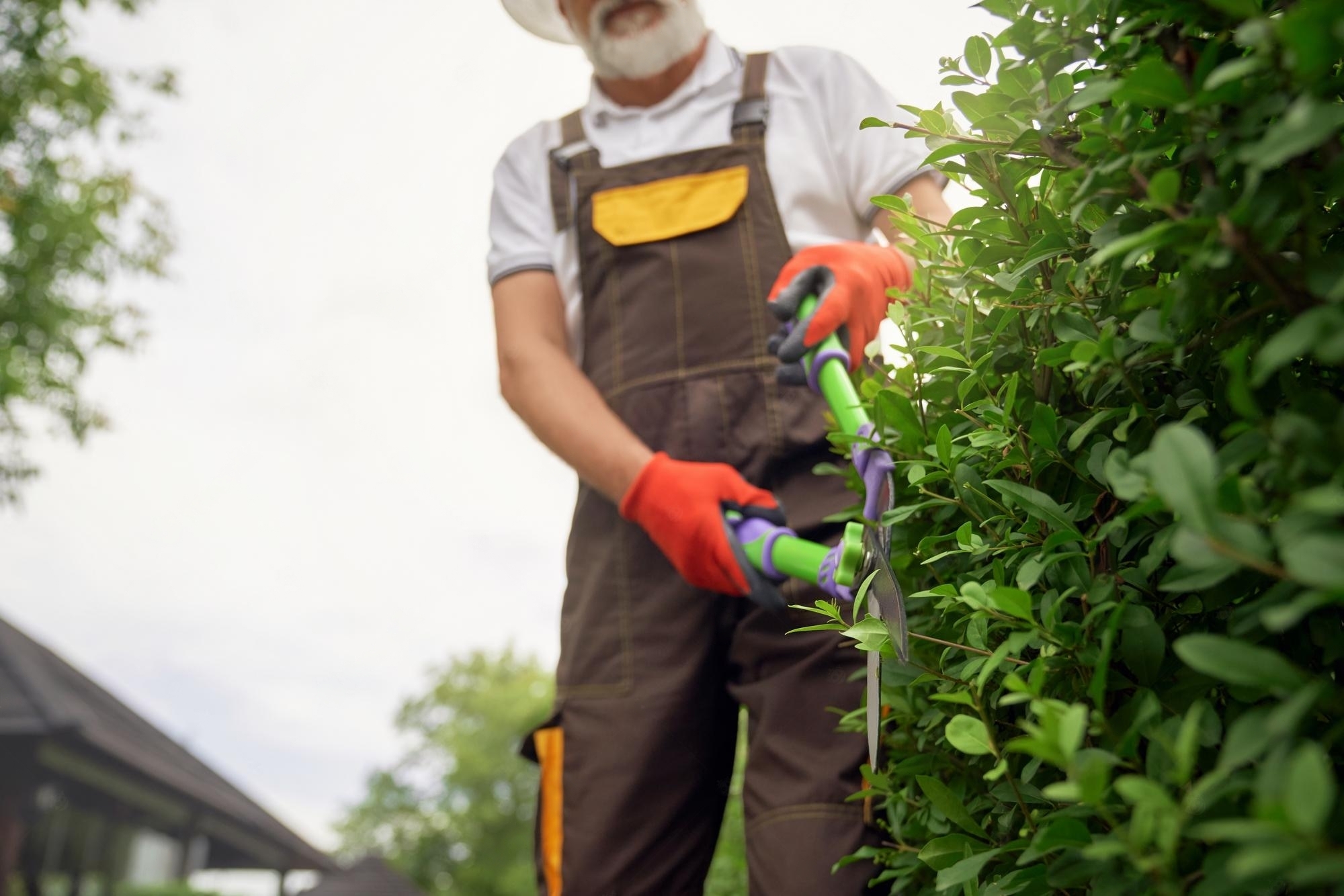Pruning – it’s a term that might recall tending to a garden or shaping a bonsai tree. However, pruning is an essential practice beyond just plants in the broader scope of life. It’s a concept that applies to various aspects of our lives, from our relationships to our personal growth. This comprehensive article will delve deep into pruning and explore why it is necessary but often vital for our well-being and progress.
What is Pruning?
Pruning is the art and science of carefully trimming and cutting plants for specific purposes. It’s akin to giving your garden a haircut with a precise purpose. Gardeners and arborists use this technique to manage the growth and shape of plants, encourage fruit or flower production, remove diseased or dead parts, and enhance the overall well-being of the plant.

The Basics of Pruning
Pruning may seem straightforward, but there’s more to it than meets the eye. Here are some basic concepts to get you started:
- Tools of the Trade: Pruning requires the right tools, such as pruning shears, loppers, and saws. Using the correct tool for the job ensures clean cuts and reduces the plant’s risk of injury.
- Timing Matters: The timing of pruning is crucial. Different plants have different optimal pruning times, which may be influenced by the season, growth cycle, and flowering patterns.
- Know Your Cuts: There are various types of pruning cuts, including heading cuts, thinning cuts, and pinching. Each serves a specific purpose, from encouraging new growth to removing deadwood.
Why is Pruning Necessary for Plant Health?
- Disease Prevention: Pruning is pivotal in plant health by removing diseased or dead branches. These are like open invitations to pests and diseases. You’re bolstering the plant’s immune system by cutting them away.
- Increased Air Circulation: Overgrown foliage can obstruct air circulation within a plant. Pruning helps create space, reducing the risk of fungal diseases that thrive in humid environments.
- Stimulating Growth: When you prune, you signal the plant to redirect its energy. The plant can focus on strengthening others by removing certain branches, promoting healthier growth.
Why is Pruning Necessary for Aesthetic Appeal?
- Enhancing Shape and Form: Pruning is an art form for shaping plants. It can turn a wild, unruly shrub into a structured masterpiece, enhancing your garden’s visual appeal.
- Flower Production: Many flowering plants benefit from pruning. By removing spent flowers or unproductive branches, you can encourage more blooms and a more vibrant display.
- Size Control: Trees and bushes can outgrow their allotted space. Pruning allows you to keep them in check, preventing overcrowding and maintaining a neat landscape.
Why is Pruning Necessary for Safety?
- Removing Hazards: Overhanging branches, especially those near structures or walkways, can pose safety hazards. Pruning eliminates these risks, preventing accidents during storms or high winds.
- Preventing Structural Damage: Trees with multiple trunks or weak crotches can split during adverse weather conditions. Pruning helps reinforce their structure, preventing potential damage.
- Clearing Sightlines: Pruning can also be essential for maintaining visibility on your property. Trimming back branches near driveways or windows ensures a clear line of sight.
Why is Pruning Necessary for Fruit Production?
- Thinning Fruit: Fruit trees can produce many small, unripe fruits. Pruning helps thin out excess fruit, allowing the tree to channel its energy into developing larger, tastier produce.
- Renewal Pruning: Many fruit-bearing plants benefit from periodic rejuvenation through pruning. This process involves removing older, less productive branches and promoting the growth of new, fruitful ones.
- Shaping Fruit Trees: Pruning also plays a crucial role in shaping fruit trees for better sun exposure and air circulation, which is vital for healthy fruit development.
Why is Pruning Necessary for Environmental Impact?
- Reducing Green Waste: Pruning generates organic material that can be composted, reducing the amount of green waste sent to landfills.
- Conservation of Resources: Pruning helps conserve resources by maintaining the health of your plants. Healthy plants require fewer pesticides and fertilizers.
- Enhancing Biodiversity: Properly pruned landscapes can create microhabitats for beneficial insects and birds, contributing to biodiversity.

When is the Best Time to Prune?
Knowing when to prune is as important as knowing why pruning is necessary. Different plants have different pruning schedules; timing is crucial to ensure optimal results.
Spring Pruning
Spring is a popular time for pruning as it allows you to remove winter damage and shape the plant before the growing season begins. Pruning in late winter to early spring is ideal for many deciduous trees and shrubs before new growth emerges.
Summer Pruning
Summer pruning is often reserved for specific purposes, such as removing water sprouts or controlling the size of a plant. It’s essential to avoid pruning during the hottest part of the day to prevent stress on the plant.
Fall Pruning
Fall pruning is typically limited to the removal of dead or diseased branches. It’s crucial not to stimulate new growth too close to winter, as it can be susceptible to frost damage.
Pruning Schedule
Understanding the right time to prune ensures that you maximize the benefits while minimizing the risks associated with pruning.
How to Prune Properly?
Pruning may seem straightforward, but it’s a delicate art that requires precision and knowledge. Here are some essential tips on how to prune properly:
- Use Sharp Tools: Dull tools can damage the plant. Use sharp, clean pruning shears or saws to make clean cuts.
- Prune at the Right Angle: Make cuts at a slight angle just above a bud or branch junction when removing branches. This promotes healing and prevents water from accumulating on the cut surface.
- Remove Dead or Diseased Wood: Remove any dead or diseased wood. This prevents the spread of diseases and encourages healthy growth.
- Consider the Plant Type: Different plants have different pruning needs. Research your specific plant to understand its growth habits and requirements.
- Don’t Overdo It: Avoid excessive pruning, which can stress the plant. Only remove what’s necessary to achieve your goals.
- Step Back and Assess: Periodically assess your work to ensure you achieve the desired shape and balance.
- Dispose of Debris: Properly dispose of pruned material to prevent spreading diseases and pests.
In conclusion, in gardening, pruning is your secret to success. It’s not just about trimming branches; it’s about nurturing life and sculpting the beauty of nature in your backyard. Now that you’ve unlocked the art and science of pruning, it’s time to roll up your sleeves and put your knowledge to work.
Remember, your garden awaits your green thumb’s magic touch. Grab your pruning shears, step into your garden, and embark on a transformational journey. Shape those unruly shrubs, encourage vibrant blooms, and ensure the health and safety of your beloved plants. Don’t just read about it; be the gardener who understands why pruning is necessary and uses this knowledge to create a thriving, picturesque oasis.

